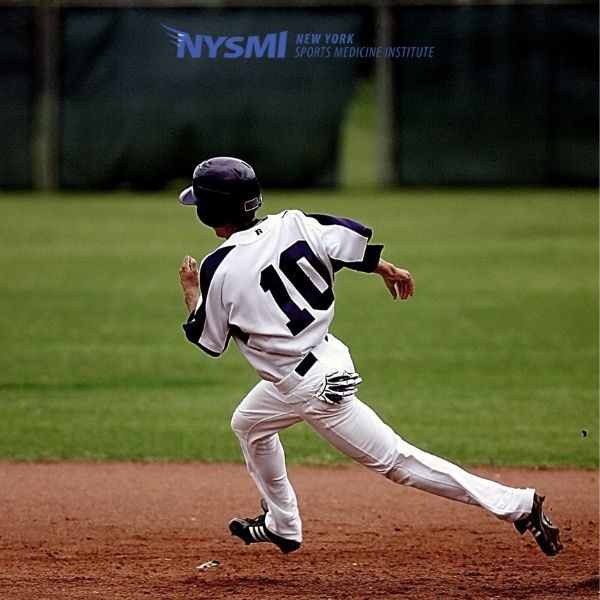
05 May Baseball Player Injury Prevention
Baseball requires a mix of strength, endurance, and agility, but its repetitive motions and high-impact movements put players at risk of injury. Injury prevention is crucial for maintaining long-term performance and overall health, whether you’re a professional athlete or a recreational player. Experts at the New York Sports Medicine Institute, which specializes in sports medicine Manhattan, emphasize that proper training, conditioning, and recovery techniques can significantly reduce injury risk and keep players performing at their best.
Common Baseball Injuries
Some of the most common injuries baseball players face:
- Rotator Cuff Injuries
- Overuse of the shoulder muscles, especially in pitchers, can lead to inflammation or tears in the rotator cuff.
- Elbow Injuries (UCL Tears)
- The repetitive stress of throwing can damage the ulnar collateral ligament (UCL).
- Hamstring Strains
- Quick sprints and sudden stops make hamstring strains a frequent occurrence among players.
- Meniscus Tear
- Ligament tears and meniscus damage can result from sudden twists and pivots.
- Ankle Sprains
- Sliding into bases and abrupt directional changes increase the risk of ankle injuries.
- Wrist and Hand Injuries
- Batting, catching, and sliding can cause fractures or ligament damage in the wrists and hands.
Injury Prevention Strategies
To keep baseball players in peak condition, our sports medicine Manhattan recommends the following injury prevention techniques:
- Strength and Conditioning Training
Building strength in key muscle groups can improve performance and reduce injury risk. Consider:
- Shoulder and Rotator Cuff Strengthening
- Exercises like external rotations and resistance bandwork help maintain shoulder stability.
- Core Strength Training
- A strong core supports balance, agility, and power, reducing stress on the lower back.
- Leg and Hip Workouts
- Squats, lunges, and plyometric drills enhance lower body strength and explosive movements.
- Proper Warm-Up and Cool-Down Routines
A dynamic warm-up prepares the body for action and reduces injury risk. Some essential warm-up exercises include:
- Arm Circles and Band Exercises
- These activate the shoulder muscles before throwing.
- Leg Swings and High Knees
- These prepare the lower body for explosive movements.
- Light Jogging or Jump Rope
- It helps increase heart rate and blood flow.
- Cooling down with light stretching and foam rolling after games or training sessions aids recovery and prevents stiffness.
Using correct form when throwing, batting, and running minimizes stress on the body. Sports medicine Manhattan stresses the importance of:
- Pitching Mechanics
- Overuse injuries can be avoided by maintaining a proper arm angle and avoiding excessive throwing.
- Batting Stance Adjustments
- A balanced, well-aligned stance reduces strain on the wrists and lower back.
- Base Running Form
- Running with proper posture and technique prevents hamstring and knee injuries.
- Recovery and Rest
Recovery is just as important as training. To ensure peak performance, follow a structured rest plan and prioritize sleep. It is also important to stay hydrated while consuming a balanced diet.
- Seeking Professional Care
Early intervention can prevent minor issues from becoming severe injuries. Sports medicine Manhattan, such as those at New York Sports Medicine Institute, offer specialized care, including:
- Therapeutic Exercises provided by a physician or physical therapist
- Helps restore strength and mobility after an injury.
- Orthopedic Consultations
- Provides guidance on chronic pain or recurring injuries.
- Tommy John Surgery (Ulnar collateral ligament (UCL) reconstruction surgery)
- Named after MLB pitcher Tommy John who underwent the procedure and returned to a highly successful career
- Replaces the ulnar collateral ligament in the elbow using a tendon from elsewhere in the body
Reach Out Today
Injury prevention should be a top priority for baseball players at all levels. For those needing professional guidance, sports medicine Manhattan offers comprehensive care to keep players healthy and game-ready. If you’re seeking expert advice or rehabilitation services, request an appointment with the New York Sports Medicine Institute to take proactive steps toward a safer, injury-free season.

